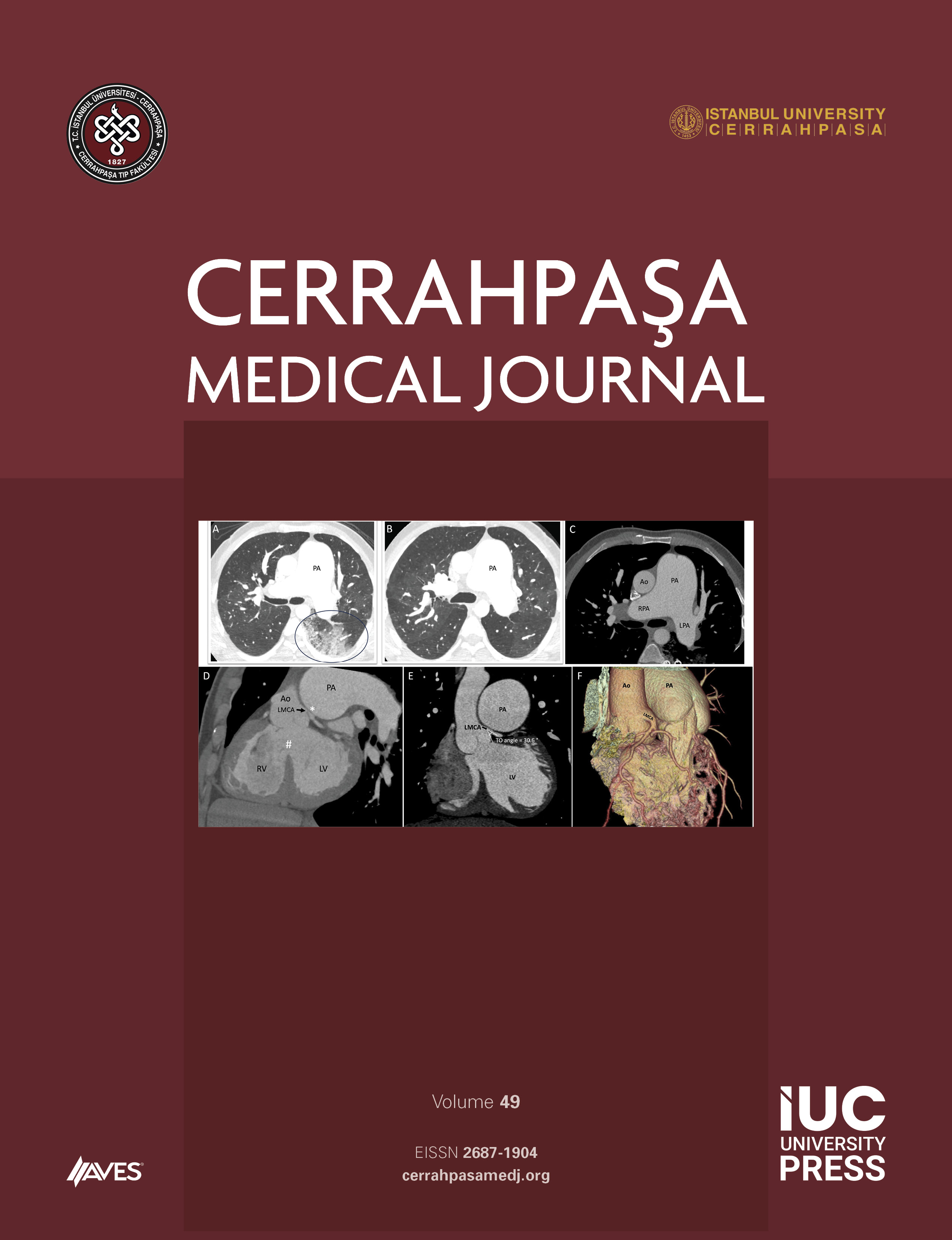Background.- Oxidative modifications of enzymes and structural proteins play a significant role in the etiology and/or progression of several human diseases. Oxidatively modified amino acids and their derivatives are being used as markers to assess protein oxidation, and new ones are being currently added to the list. Protein carbonyl content is the most general and well-used biomarker of severe protein oxidation. 3-Nitrotyrosine is thought to be a relatively specific marker of protein oxidation mediated by peroxynitrite. Increased concentrations of both protein carbonyls and 3-Nitrotyrosine have been documented in various human diseases. Rapid and recent progress in the identification of oxidized proteins should provide new diagnostic (possibly pre-symptomatic) biomarkers for oxidative damage, and yield basic information to aid the establishment of an efficacious antioxidant therapy.



